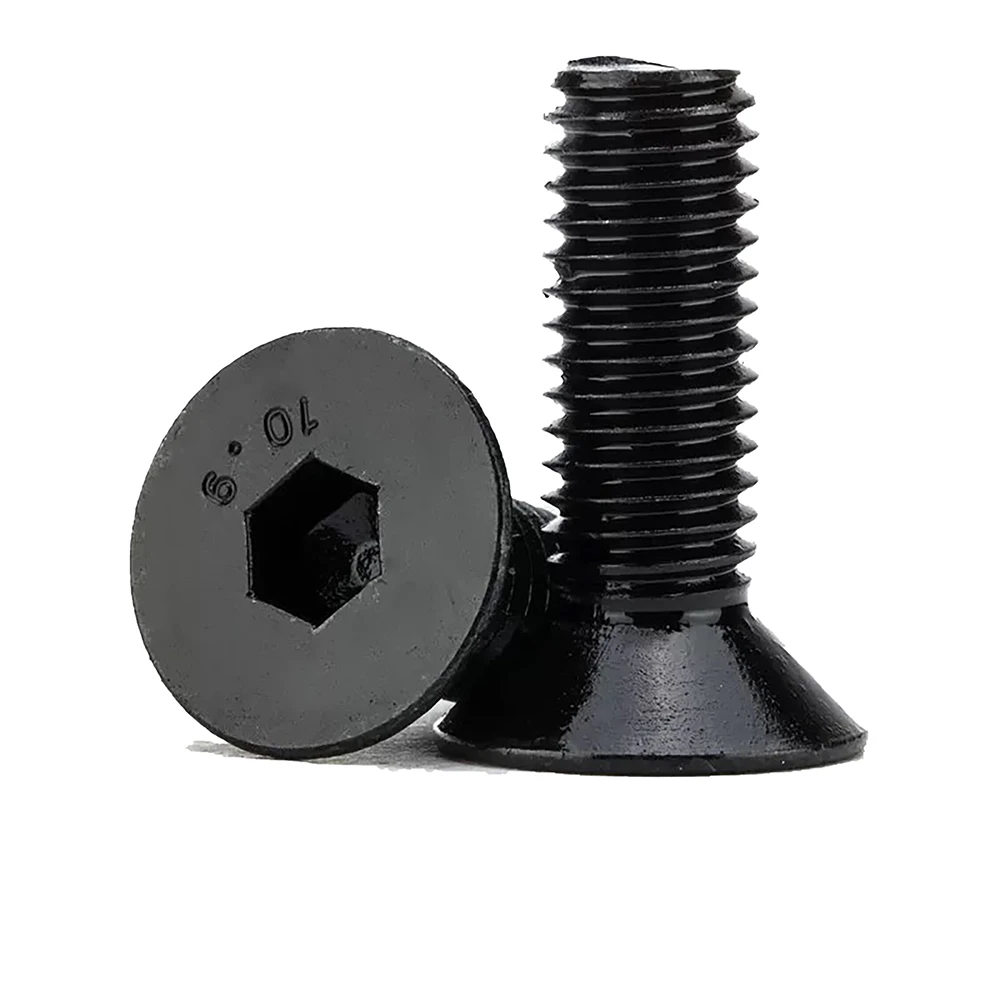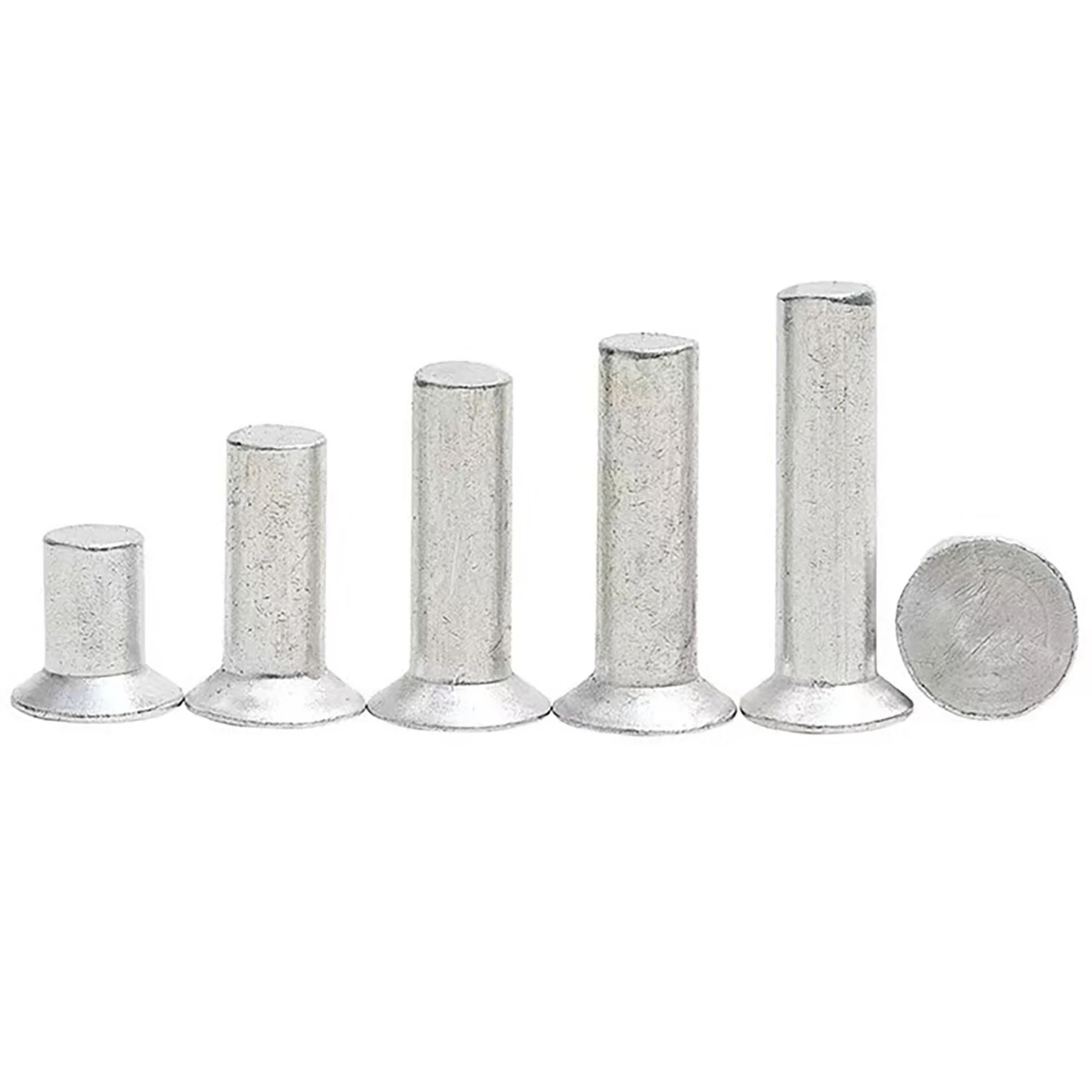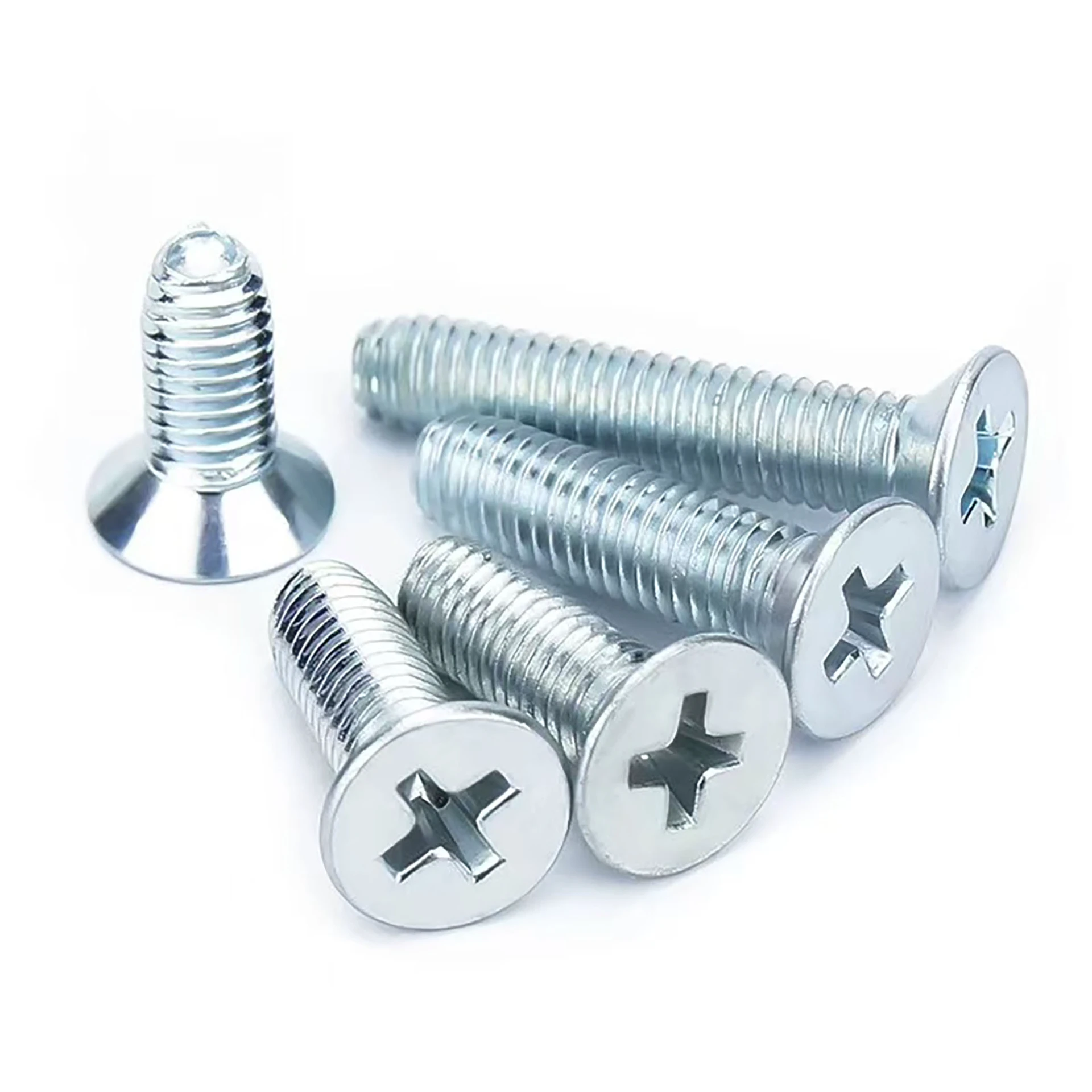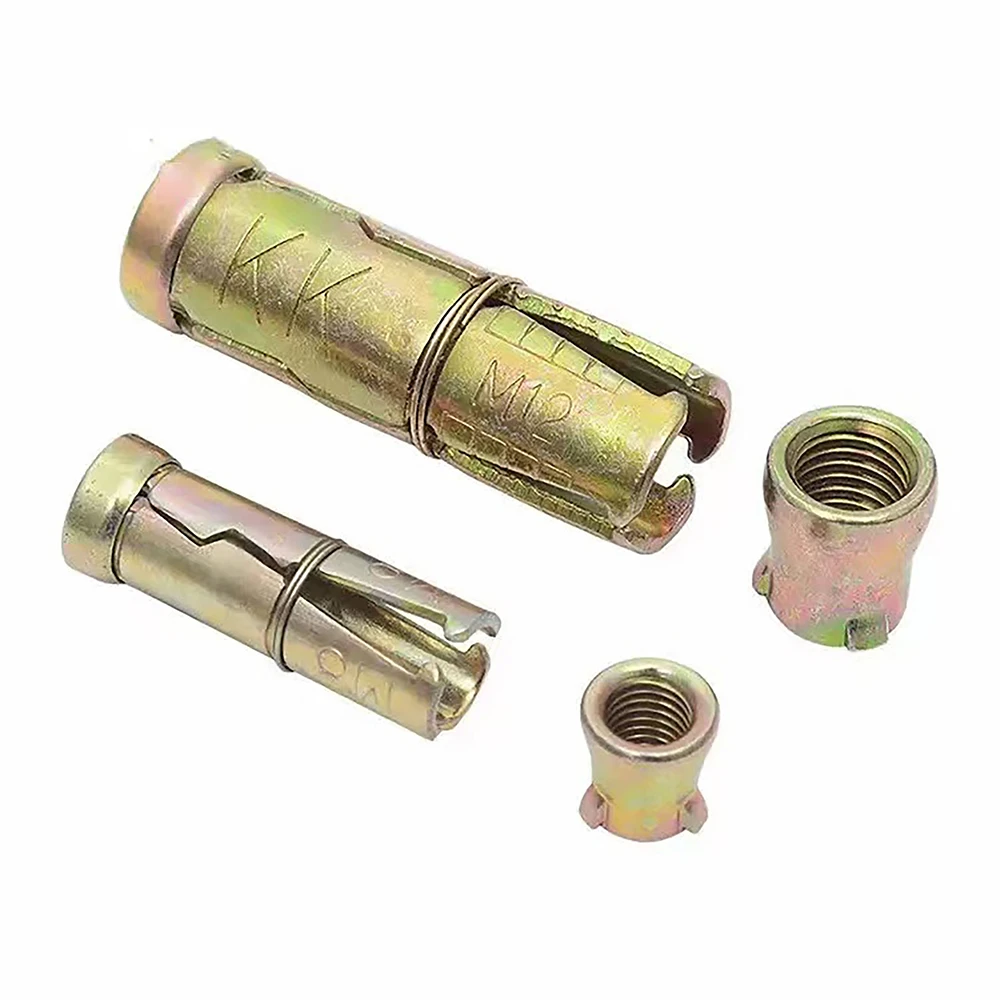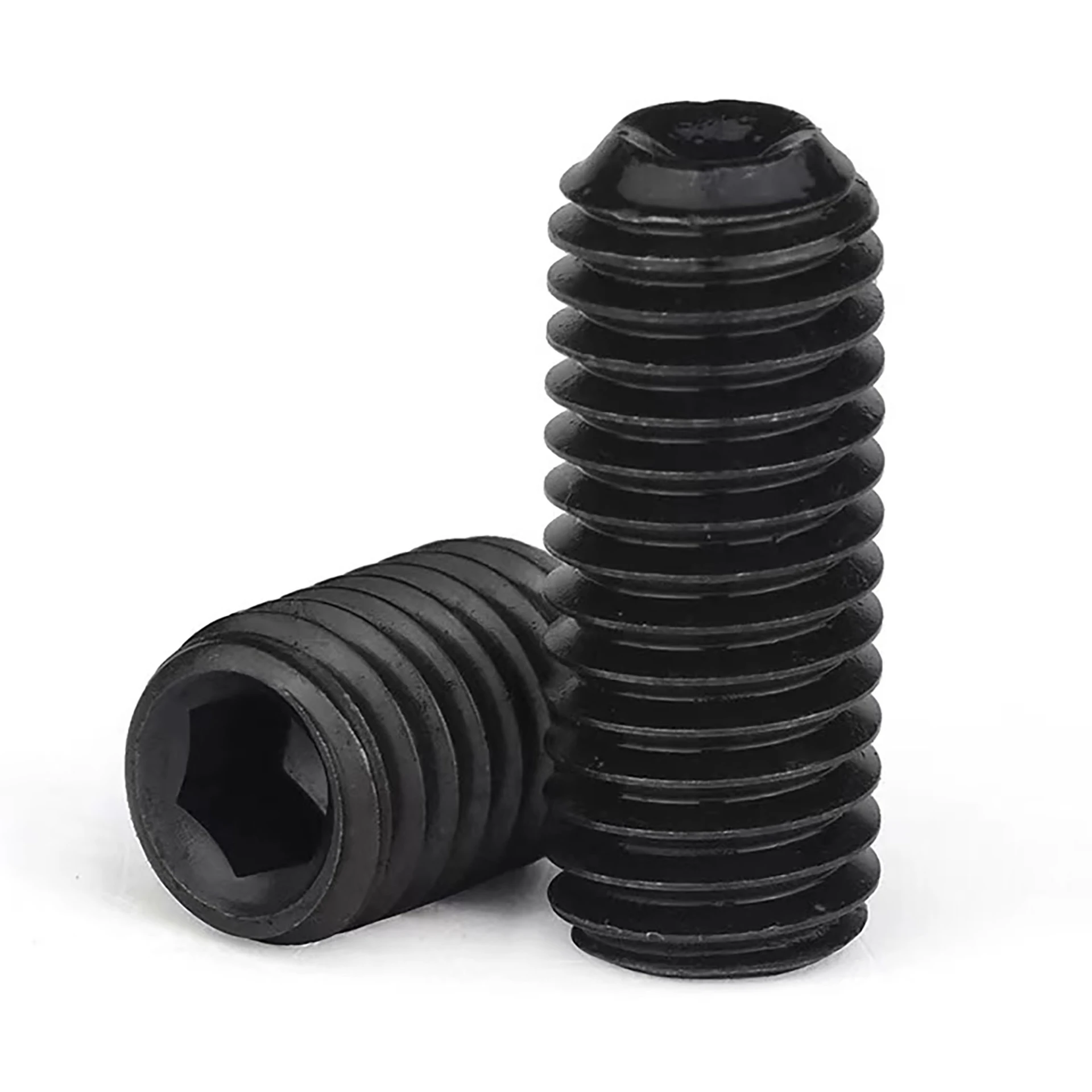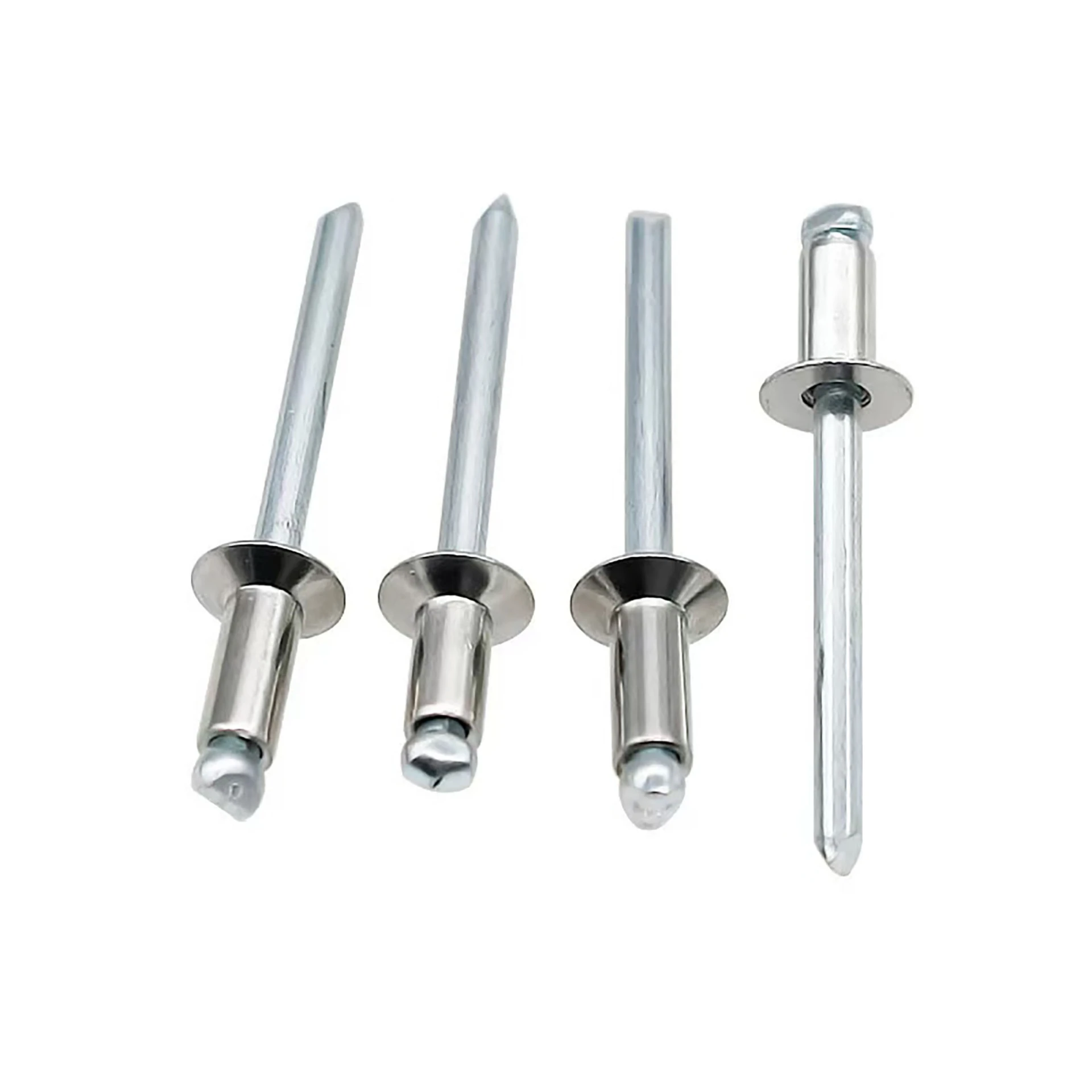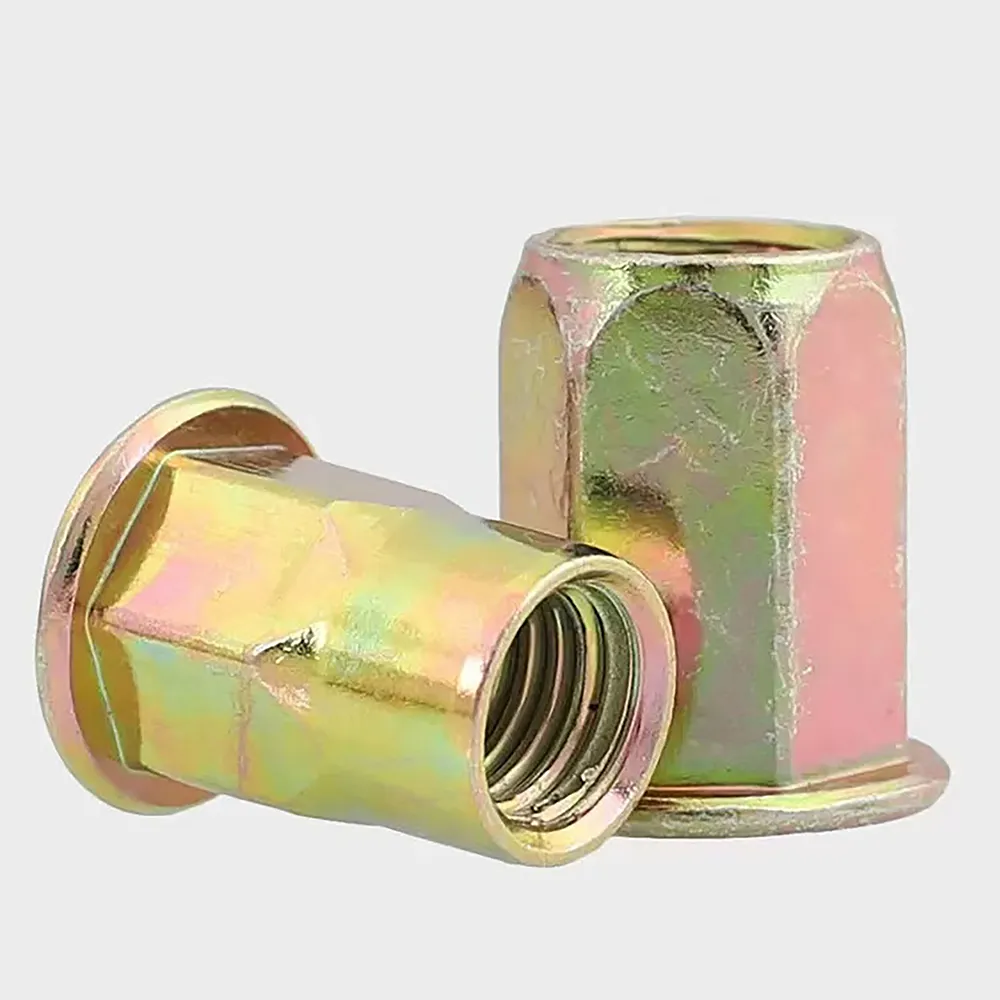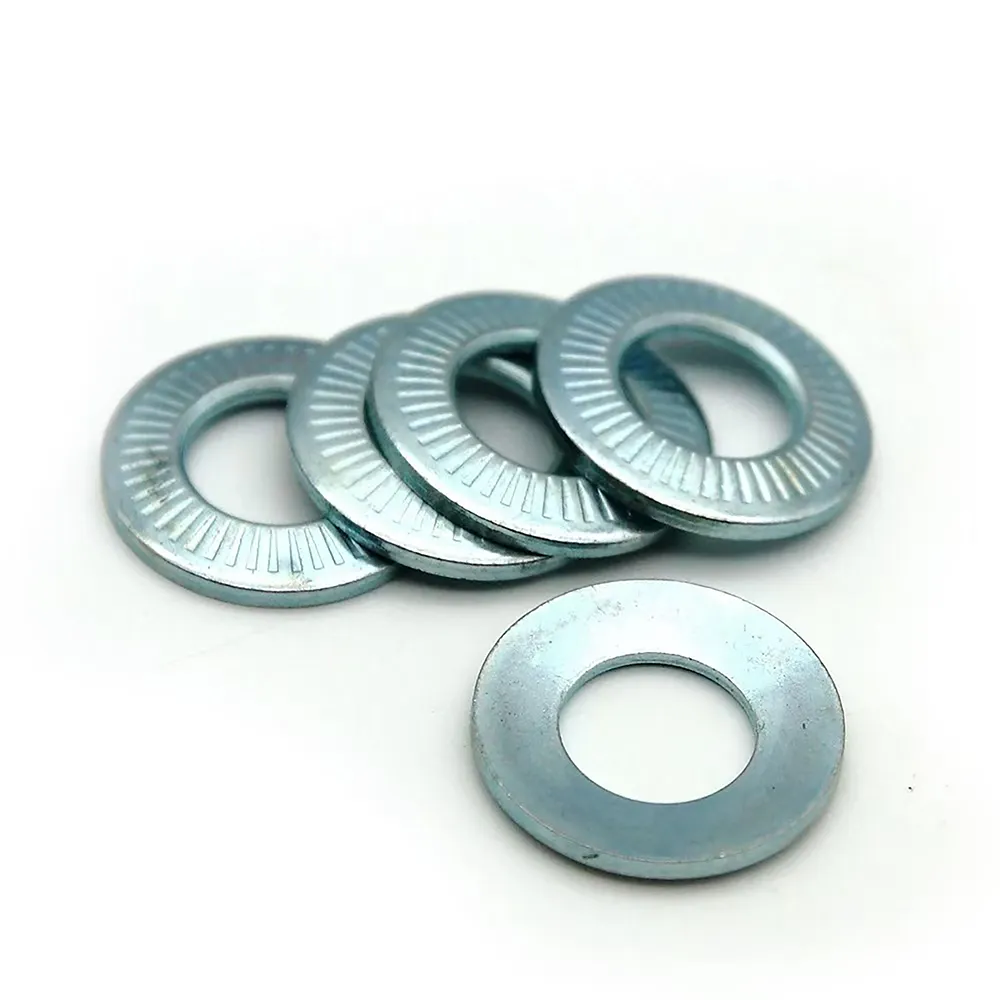Square Weld Nut DIN 928: Strong, Precise—Why Choose Us?
Field Notes from the Shop Floor: The Quiet Reliability of the square weld nut
I’ve spent enough late nights around stamping presses to know: when a fastener fails, everything else gets expensive. The humble square weld nut—especially the DIN 928 style—keeps production lines honest. It’s not flashy, but it bites, locates, and holds. And, to be honest, that’s exactly what most manufacturers need.

What’s driving demand in 2025
Three trends keep popping up: higher-strength thin sheet, obsessive cycle-time reduction, and corrosion guarantees that actually hold up. In EV battery trays and appliance frames, the square weld nut still wins because its four projections deliver stable, low-spatter projection welding on coated steel, even when lines speed up. Many customers say they’re consolidating SKUs: square for body-in-white, hex for serviceable areas—makes sense.

Technical snapshot (real-world spec)
| Designation | DIN 928 projection square weld nut |
| Threads | M4–M12 (UNC on request) |
| Material | Low-carbon steel (C1010–C1022), 304/316 stainless optional |
| Property class | Class 8 or 10 per ISO 898-2 (≈ real-world loads vary with weld area) |
| Finish | Plain, zinc, Zn-Ni, phosphate + oil; ISO 4042 compliant |
| Corrosion test | ASTM B117: 120–720 h depending on finish (≈) |
Process flow I’ve observed at the better plants: certified wire rod → cold forming → projection forming → tapping → heat treat (if class 10) → de-burr → finish → 100% vision sorting for thread & concentricity. Welding is resistance projection per ISO 4063 (process 23). On 1.2 mm galvanized sheet, typical settings run 35–60 kA, 8–12 cycles, medium force—your stack-up may need tuning. Pull-out and torque-to-failure then get checked against ISO 898-2 proof loads.
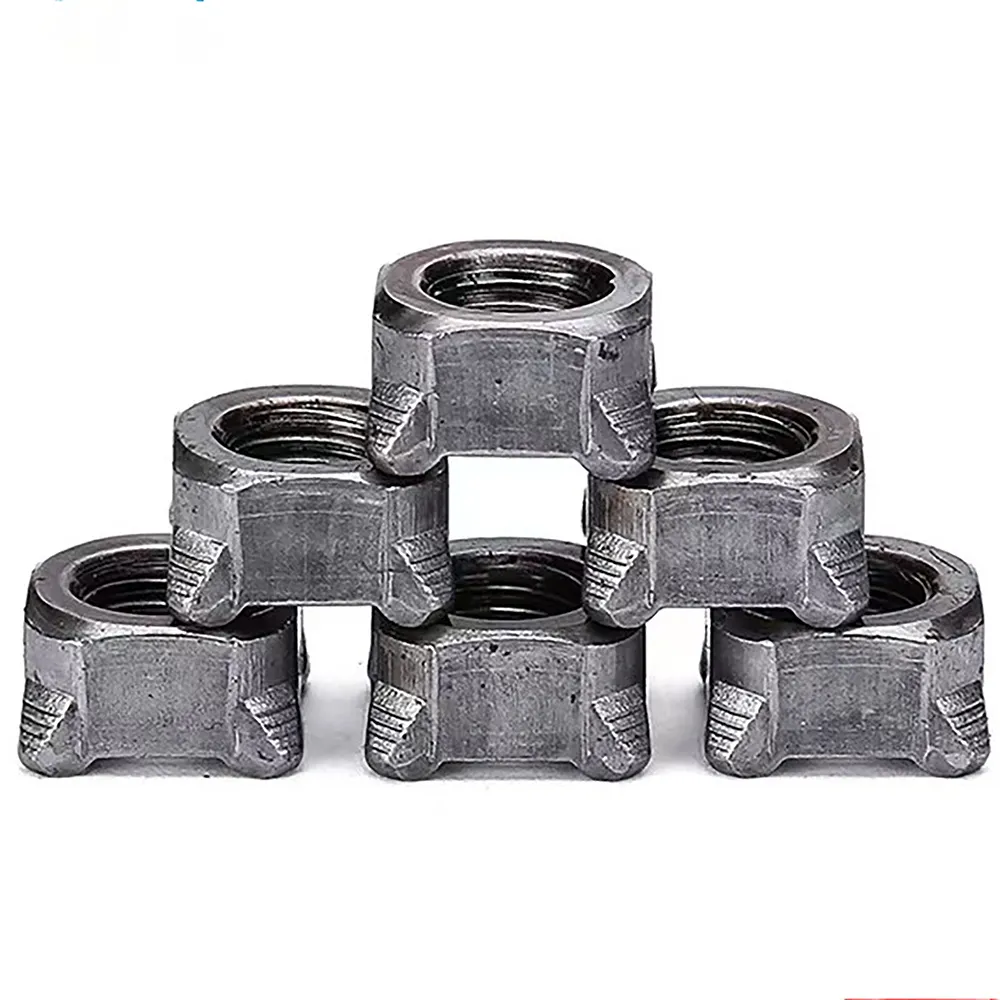
Where these nuts quietly shine
-
- EV battery housings and skid frames (anti-rotation is priceless)
- Seat track brackets, HVAC frames, racking systems, enclosures
- Appliances: tub supports, door frames, internal brackets
Advantages? The square footprint resists spin, distributes load on thin sheet, and the projections self-locate. Compared with hex weld nuts, squares seat flatter and weld faster; hex styles are easier to wrench during service. Horses for courses.
Vendor landscape (my take)
| Vendor | Lead Time | Certifications | QC/Sorting | Coatings | Notes |
|---|---|---|---|---|---|
| Fastenboen (Hebei, CN) | 2–5 weeks | ISO 9001; RoHS/REACH | 100% vision + sampling | Zn, Zn-Ni, phosphate | Strong on DIN 928; stable weld projections |
| Importer A (EU) | Stock/spot | ISO 9001 | AQL sampling | Zn, organic | Great for emergencies, higher price |
| Fabricator B (Local) | Made-to-order | — | Manual checks | Limited | Flexible on prototypes; variable consistency |
Customization and origin
From Hanguang Industrial Park, Yongnian District, Handan City, Hebei Province, the plant can tweak projection height, add collar/knurls, switch to A2/A4 stainless, or run UNC threads. If you need post-paint assembly, ask for Zn-Ni + bake; it handles torque well and keeps red rust at bay for ≈480–720 h in B117.

Mini case study (EV subframe)
One battery-tray line swapped to a Class 10 square weld nut with tighter projection tolerance. Result: ≈23% reduction in weld spatter cleanup and a 0.6 s station-time win. Torque-to-spin improved from 12 N·m to 16 N·m on 1.5 mm DP600, with peel testing still passing line criteria. As always, your mileage will vary—sheet coating and electrode wear are fickle.
Feedback from weld techs was surprisingly positive: “Seats flatter, fewer re-taps.” That’s the sort of boring win that keeps OEE healthy.
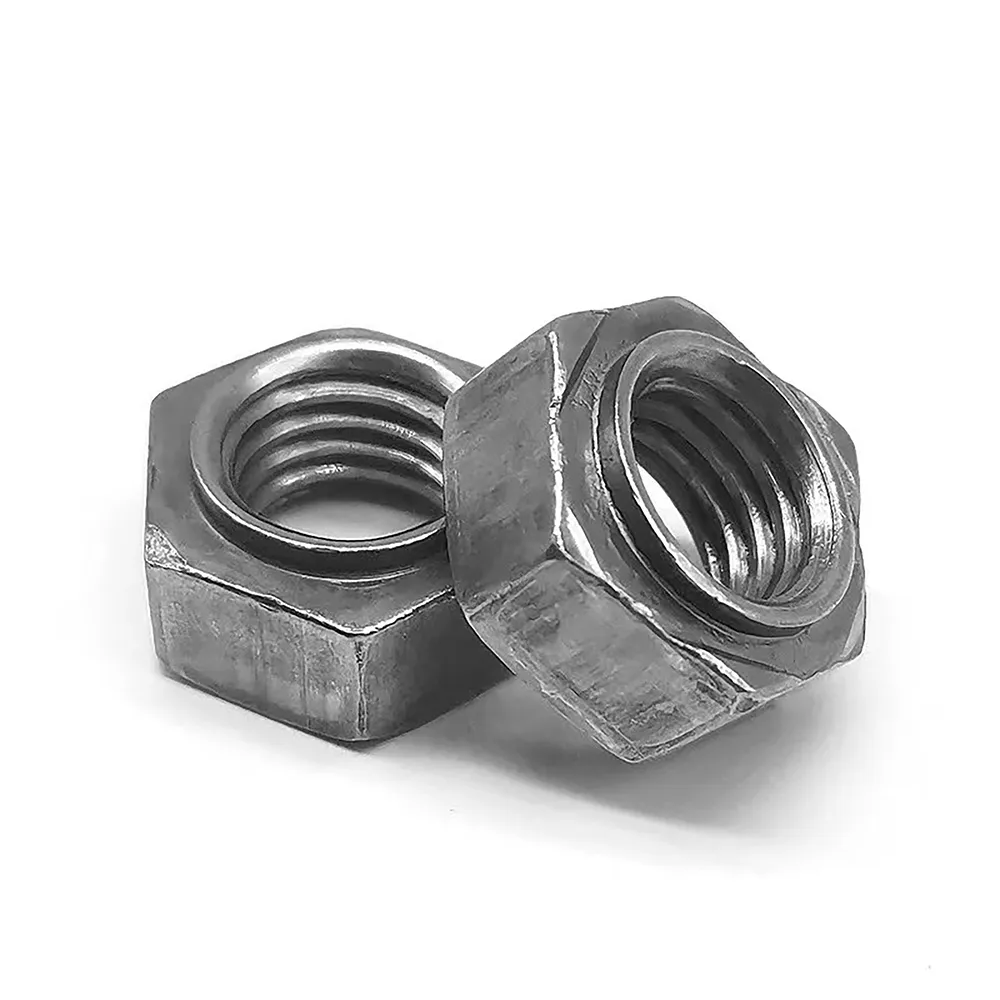
Standards and references
- DIN 928: Square weld nuts — projection type.
- ISO 898-2: Mechanical properties of nuts — property classes.
- ISO 4063: Welding processes — classification (Process 23: resistance projection).
- ASTM B117: Standard Practice for Salt Spray (Fog) Testing.
- ISO 4042: Fasteners — Electroplated coatings.
- ISO 18278-1: Resistance welding — Weldability — Assessment for SP/Projection.
Who We Are: The Right Fastener Partner for Global SMEs
Handan Boen Fastener Manufacturing Co., Ltd. (Est. 2010) specializes in producing standardized industrial fasteners, including bolts, nuts, washers, and other essential components. We provide cost-effective for small and medium-sized buyers in industries such as automotive parts, agricultural machinery, and construction.
